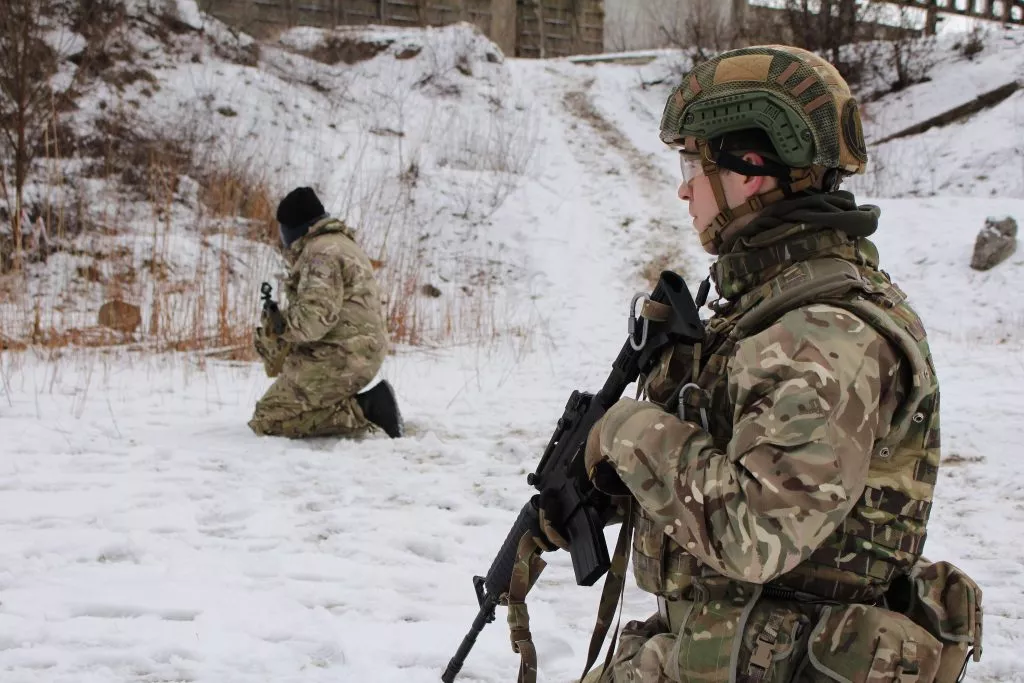The Soldier Protection System (SPS) is a modular, integrated suite of technologies that provide enhanced protection against Chemical, Biological, Radiological, and Nuclear (CBRN) threats for dismounted soldiers. The SPS consists of four key components:
- Joint Service Aircrew Mask (JSAM)
- Air Purifying Respirator (APR)
- Combat Vehicle Crewmember Mask (CVCM)
- Protective Overgarment Ensemble (POE)
The JSAM provides respiratory, ocular, and dermal protection for aircrew members operating in a CBRN environment. The APR is an air-purifying respirator that protects soldiers from CBRN agents by providing clean breathing air.
The benefits of the soldier protection system
The SPS provides soldiers with enhanced protection against CBRN threats, which can help to reduce the risk of injury or death. The SPS also helps to improve soldier readiness and allows troops to safely operate in a CBRN environment.
History of the soldier protection system
The SPS was first developed in the 1990s as a result of the increasing risk of chemical and biological warfare. The SPS has been continually updated and improved over the years, and it is now one of the most advanced CBRN protection systems available.
How the soldier protection system has evolved over time
The SPS has evolved over time to meet the changing needs of soldiers. The original version of the SPS was called the Joint Service Lightweight Integrated Suit Technology (JSLIST), and it provided respiratory, ocular, and dermal protection for troops. The JSLIST was later replaced by the more advanced Soldier Protection System (SPS). The SPS is now a modular, integrated suite of technologies that provide enhanced protection against CBRN threats.
The future of the soldier protection system
The SPS will continue to evolve over time to meet the changing needs of soldiers. New technologies will be added to the SPS, and existing technologies will be updated and improved. The SPS will provide soldiers with enhanced protection against CBRN threats, which can help to reduce the risk of injury or death.
